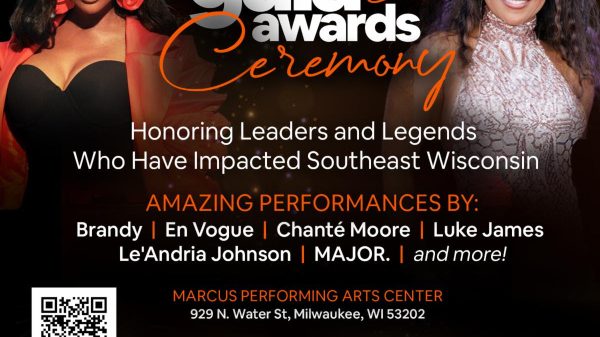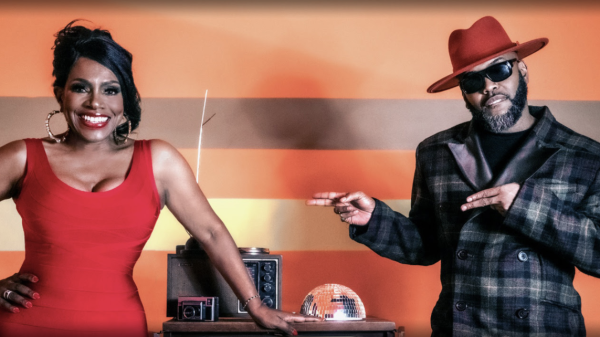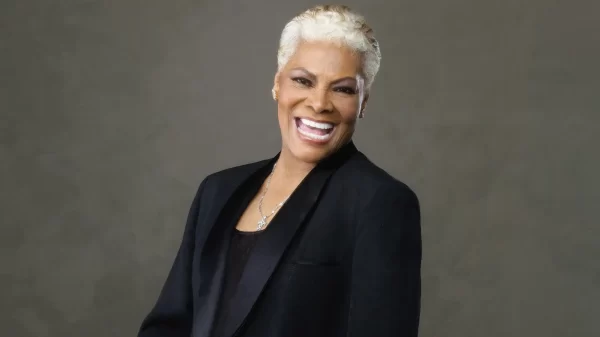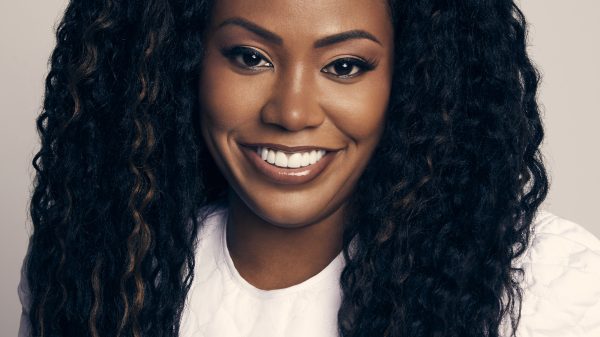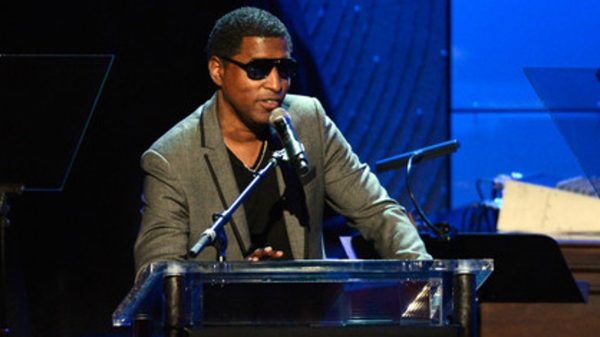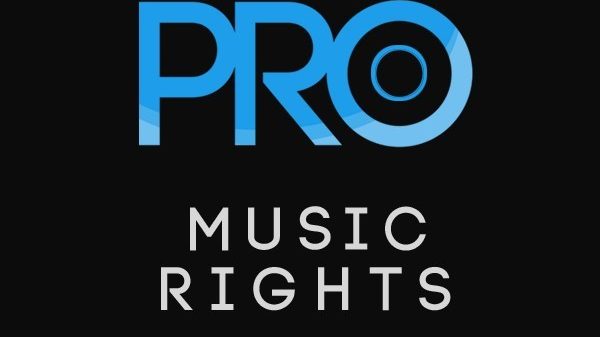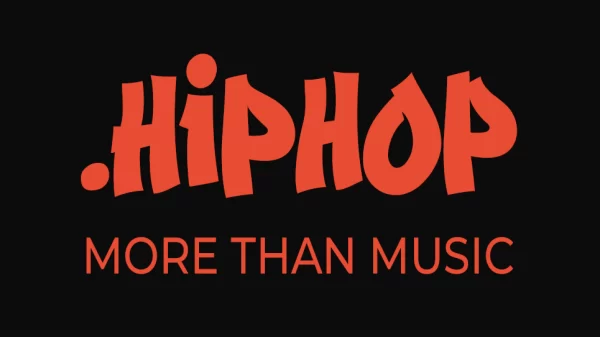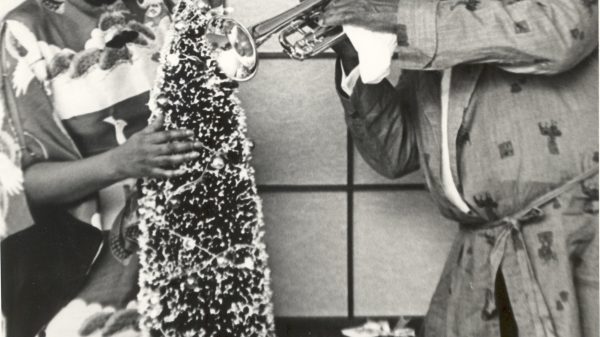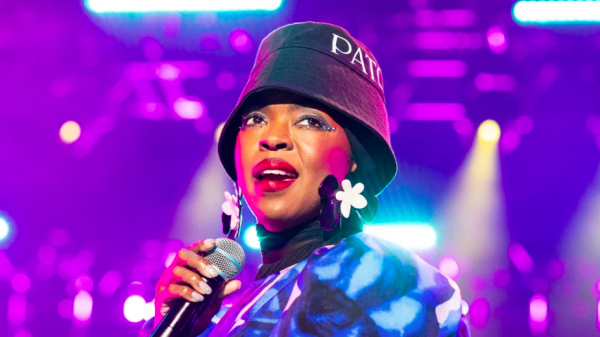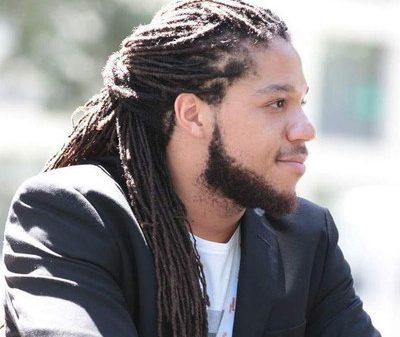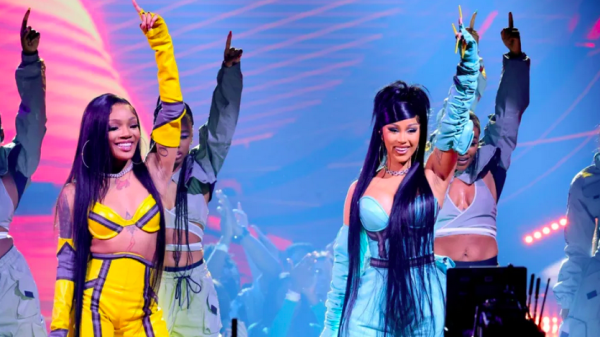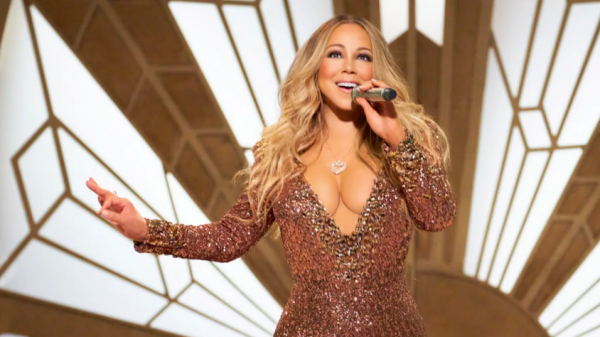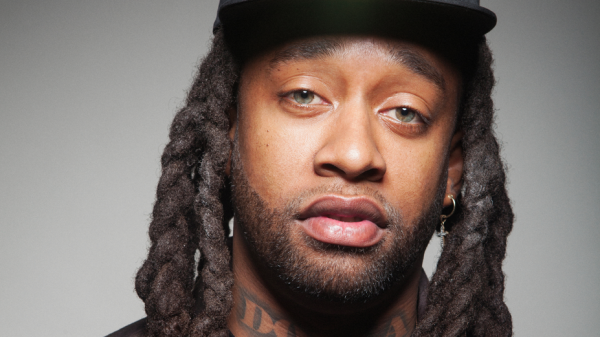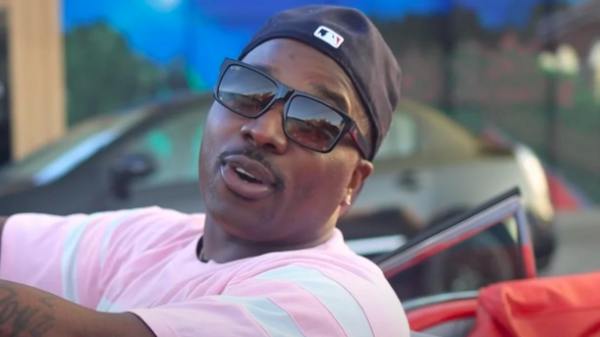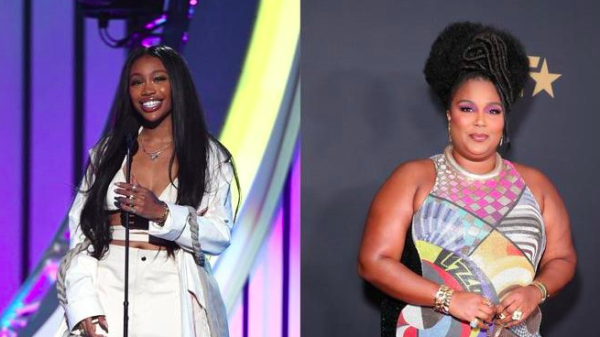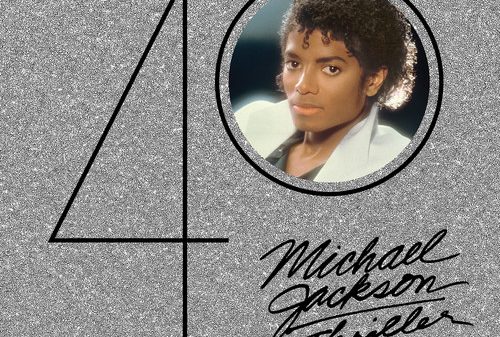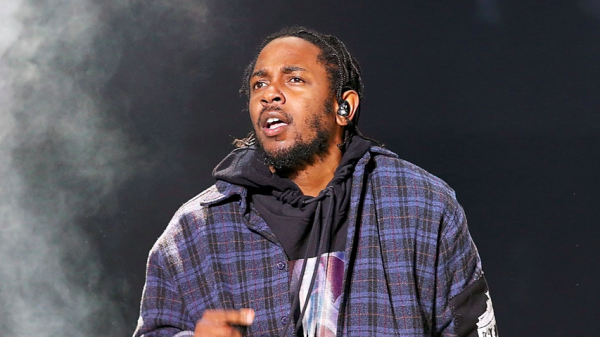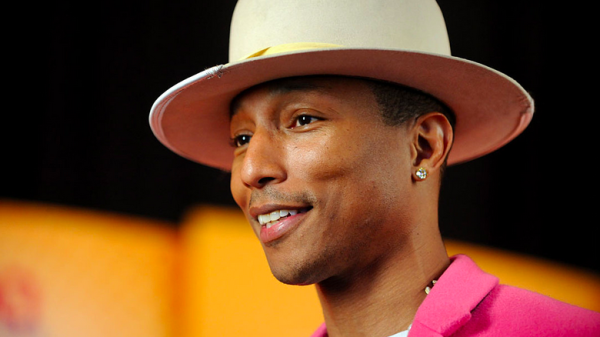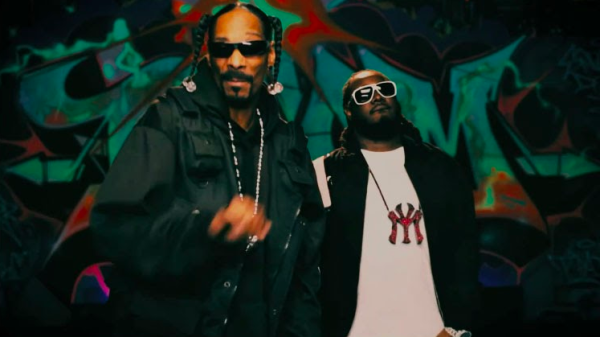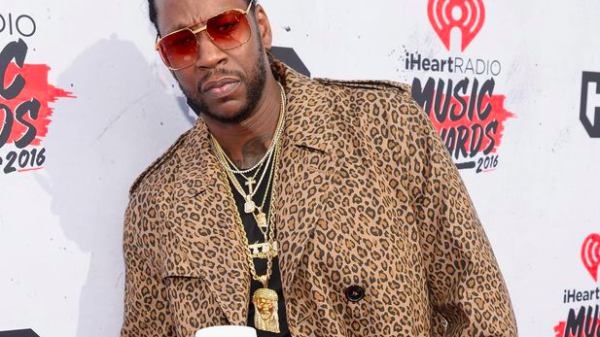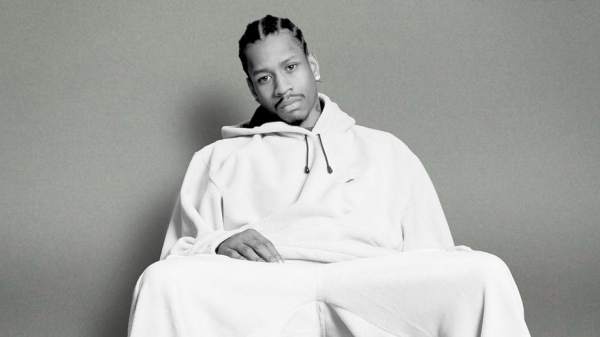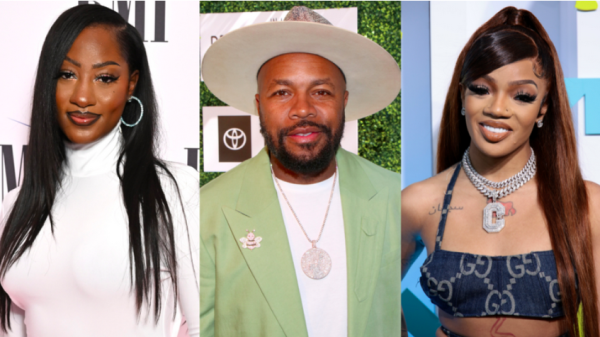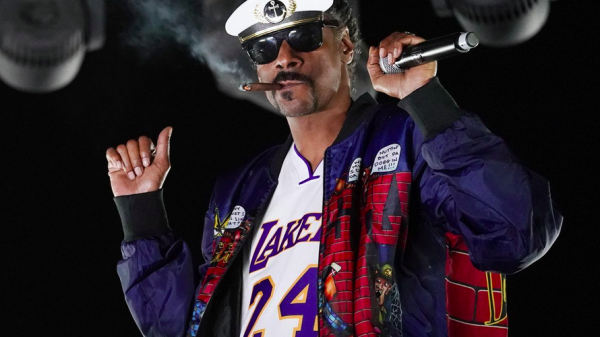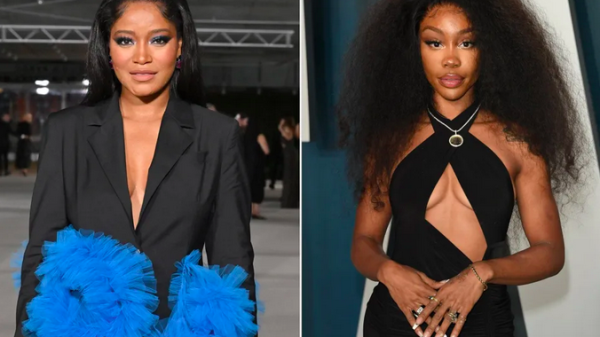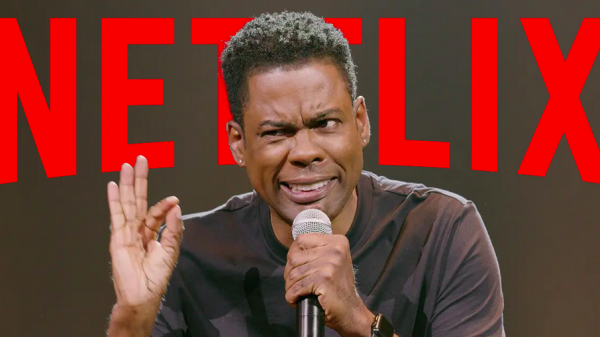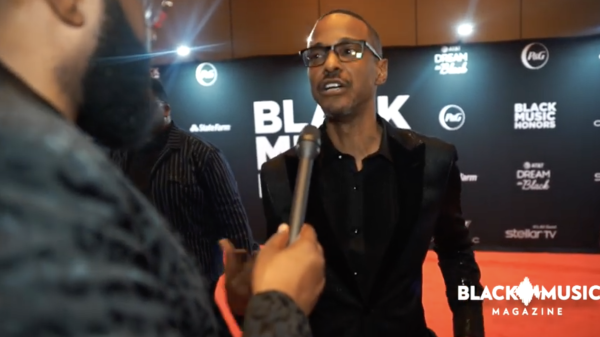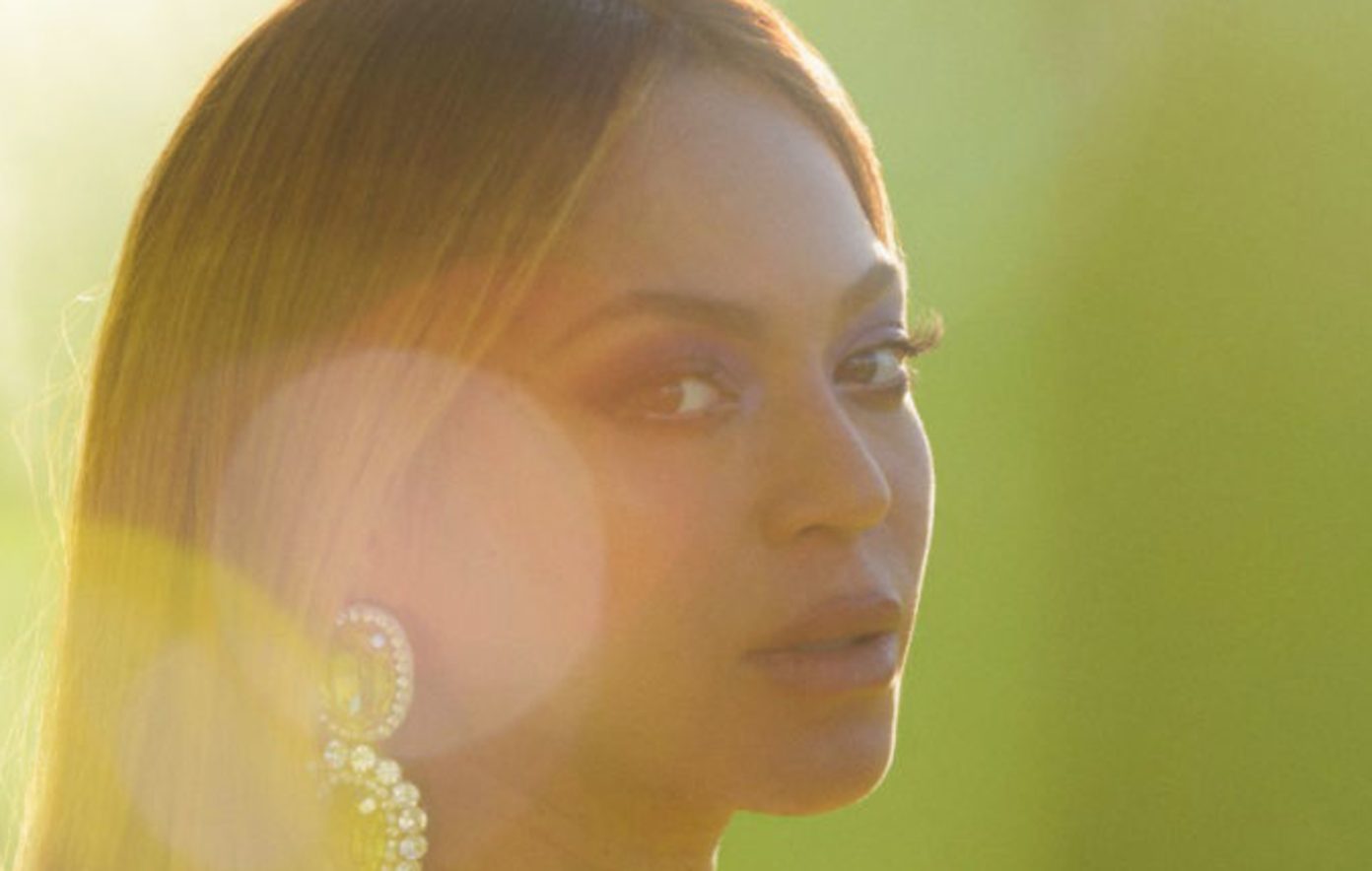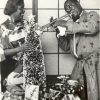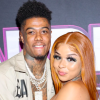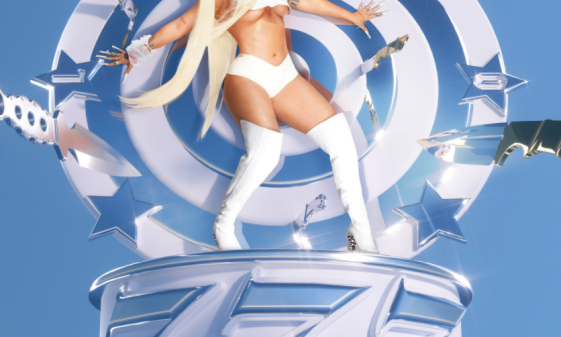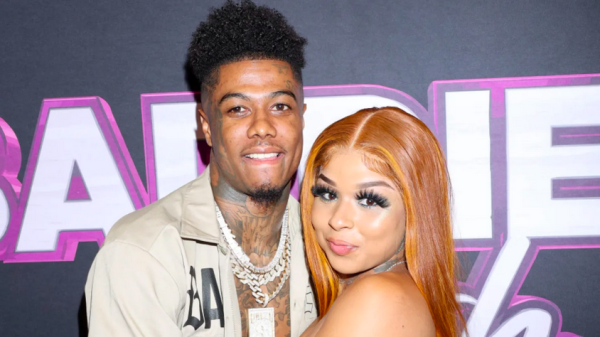A week after Steve Rubell and Ian Schrager opened the doors to Studio 54 in April 1977, a moment of pure spectacle launched the New York City theater-turned-nightclub into the cultural zeitgeist. Celebrating her 32nd birthday at a party thrown by fashion designer Halston, Rolling Stones first lady Bianca Jagger was famously photographed sitting on a horse placed right on the club’s dancefloor. Her red dress contrasting against the white of the animal, the iconic image captured a moment preceding what would be years of famed nights at the location where disco and dance music thrived within a community in search of escape from reality.
In tandem with announcing her seventh studio album Renaissance, set for release on July 29th, Beyoncé appeared on the cover of British Vogue for a shoot that channeled this same moment in dance music history. In the stunning cover image, the singer is centered on the dance floor, black dress flowing over the side of a crimson red horse. It’s been four and a half decades since Studio 54 ushered in a cultural renaissance of its own, serving as a means of momentary disconnection during a time of major economic and social strife. Apparent social progress was paired with extreme setbacks and cultural unrest that targeted Black lives, women’s autonomy, and LGBTQ+ rights. Sound familiar?
“With all the isolation and injustice over the past year, I think we are all ready to escape, travel, love, and laugh again,” Beyoncé told Harper’s Bazaar in 2021. “I feel a renaissance emerging, and I want to be part of nurturing that escape in any way possible.” In the launch of Renaissance, the singer has appointed herself to be a vessel for liberation. On the album’s lead single, the pulsating house record “Break My Soul,” she returns from a trip through self-reflection to spread the news of the healing properties the journey provided just in time for summer: “I’m tellin’ everybody, telling everybody/ Everybody, everybody/ You won’t break my soul.”
Throughout the song, Beyoncé explores the notion of rebirth that sits at the root of renaissance. “I’ma let down my hair ‘cause I lost my mind,” she sings in a swirl of harmonies at the opening of the second verse. “Bey is back and I’m sleeping real good at night.” Through her own success story, she pushes her audience to step outside of themselves for a moment, too – to find their way back, recenter, and further interrogate their internal priorities. What does she want? To live in the moment (“Ain’t taking no flicks but the whole clique snapped”), and to return to the time before she lost herself (“We go up and down, lost and found/ Searchin’ for love/ Looking for something that lives inside me”).
And her audience – what do they want? While they figure it out, “Break My Soul” builds a waiting room out of a trance-like flow crafted from a boisterous sample of “Explode,” the 2014 single from bounce star Big Freedia, and synth inspiration from “Show Me Love,” the eternal 1993 pop-house crossover hit from Robin S. The lines of genre that once separated the eras of disco and house music – or even regional offerings of dance subsets like New Orleans bounce, Jamaican dancehall, and Nigerian Afrobeats – have blurred in the time since these sounds were first introduced to the club scene, but the function remains the same: to aid in release.
Beyoncé produced “Break My Soul” alongside all-star collaborators Tricky Stewart and The-Dream, pushing it to a nearly five-minute run time in an algorithmic streaming age where even venturing beyond three minutes feels like a risk. The trio allows the record to breathe, trading in rushed, overcrowded urgency for high energy, four-to-the-floor beats. It carries a breeze with it, even when Beyoncé starts to call attention to the blockade that often hinders the healing process – ourselves – by gently warning: “If you don’t seek it, you won’t see it, that we all know/ If you don’t think it, you won’t be it, that love ain’t yours/ Tryna fake it, never makes it, that we all know.”
READ MORE AT Billboard.com

